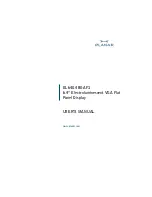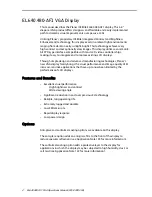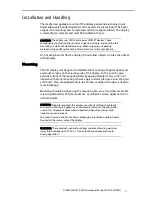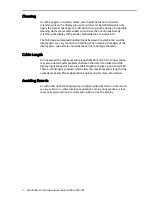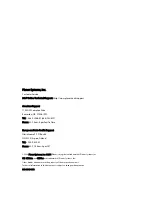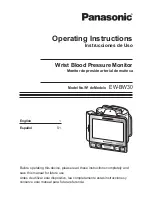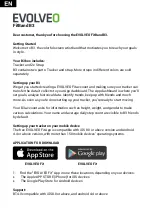
EL640.480-AF1 VGA Operations Manual (020-0349-00A)
7
Interfacing
This dual scan LCD-type video interface provides a low cost, flexible method
for controlling display brightness and power consumption. Many off-the-shelf
chipsets are available for interfacing to flat panel displays. If your application
does not require chip-level integration, there are many vendors that can
supply board-level solutions for serial control, PC104, ISA, and many other
interfaces.
Planar Application Note 116 summarizes some of the interfacing options that
have been used in the past with EL VGA displays.
Video Input Signals
The end of the top line of a frame is marked by S, scan start up signal as shown
in Figure 2. The end of each row of data is marked by CP1 as shown in Figure 2
and Figure 3.
Input signals UD0 through UD3 contain the video data for the upper screen
and signals LD0 through LD3 contain the data for the lower screen. For
example, four pixels (UD3—UD0) are sent to row 1 at the same time as four
pixels (LD0—LD3) are sent to row 241. This results in eight pixels sent on each
cycle of video clock CP2. Pixel information is supplied from left to right and
from top to bottom. Video data for one row is latched on the fall of CP1 (Figure
4).
S (FRAME)
CP1 (LINE)
UD0 to UD3
LD0 to LD3
frame n- 1
frame n
frame n+ 1
row 240/480
row 1/241
row 1/241
160 CP2 pulses
CP1 (L:INE)
UD0 to UD3
LD0 to LD3
First pixels (1...4)
Last pixels (637...640)
240 CP1 pulses
T1
T2
T3
Figure 2. Video Input Timing Diagram.

